Did you know that there are different types of palletizers? While there are two different main types of palletizers, the row-forming and robot categories of palletizers, there are also differences in the type of row-forming palletizers in the world as well. Row-forming palletizers are manufactured in low level palletizers and high level palletizers.
Low level palletizers load the pallets from the ground or a low level. The machine lines up the pallet rows and pushes them onto the pallet one at a time. The pallet is then moved out of the way to make room for a new pallet when full.
High level palletizers use the same principles of loading, but on a level that is higher off the ground. These palletizers bring the products up to a higher loading point. The pallet itself is raised and lowered inside the palletizer, depending on how full the pallet is. As the pallet is filled, the pallet gradually lowers to the ground and is moved off for shipment or further packaging.
High level palletizers can provide several benefits to factories, including:
Faster loading times: A low level palletizer can load about 15 cases a minute. A high level palletizer can load about 150 cases a minute. This is 10 times faster than the lower palletizer. The reason the higher palletizer can load faster is because the machine moves the pallet rather than the product. This is easier to do and requires less care than moving the product from place to place.
Cost: A high level palletizer can provide nearly the same loading precision as a robotic palletizer. Although the high level palletizer can only be used with regularly shaped packages, like boxes and cases, it can quickly and precisely load the items onto the case much like a robotic system. The palletizer usually costs much less too, and takes up less space.
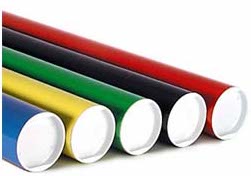 Cardboard Tubes
Cardboard Tubes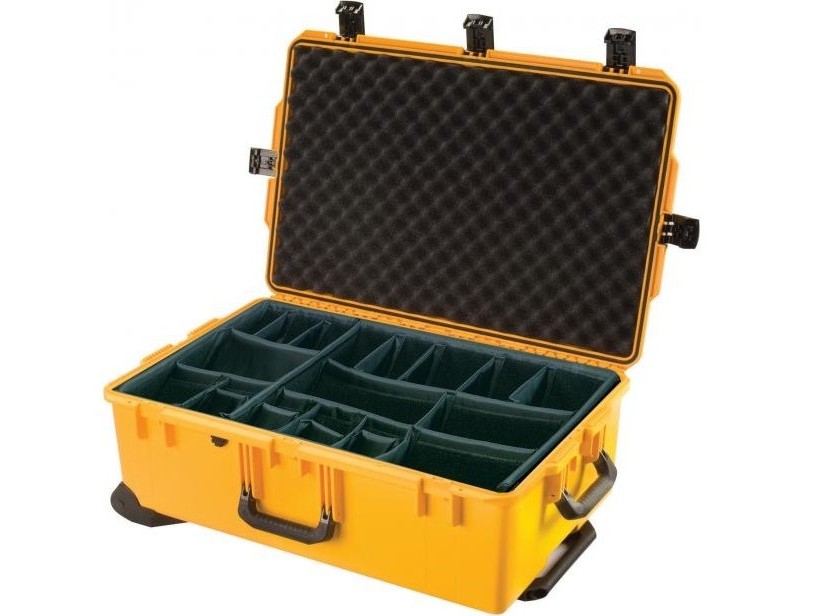 Carrying Cases
Carrying Cases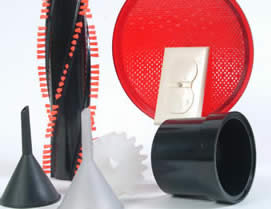 Contract Packaging
Contract Packaging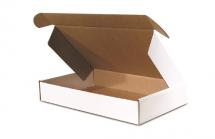 Corrugated Boxes
Corrugated Boxes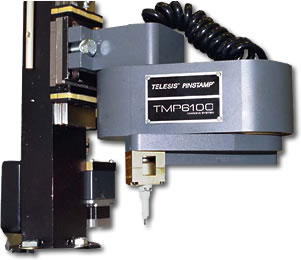 Dot Peening Machines
Dot Peening Machines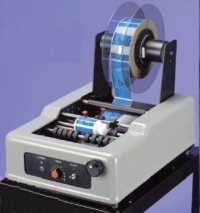 Labeling Machinery
Labeling Machinery Marking Machinery
Marking Machinery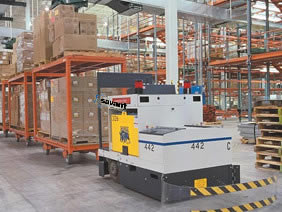 Packaging Equipment
Packaging Equipment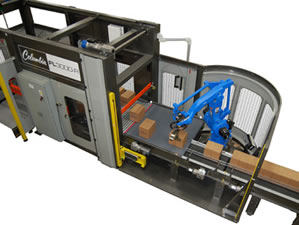 Palletizers
Palletizers Plastic Bags
Plastic Bags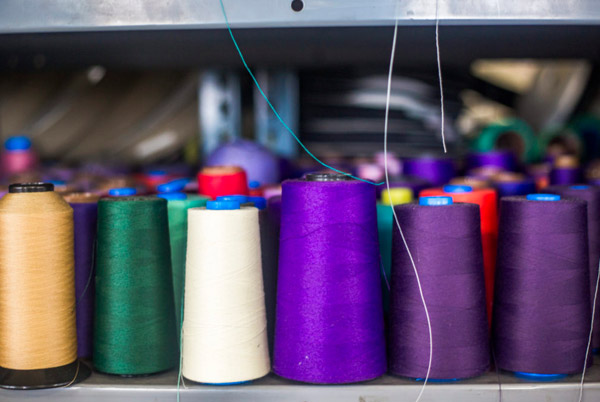 Sewing Contractors
Sewing Contractors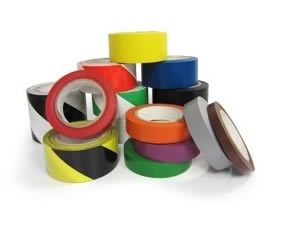 Tape Suppliers
Tape Suppliers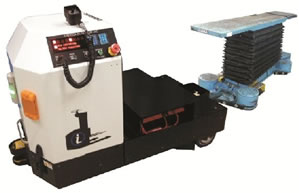 AGV
AGV Air Pollution Control
Air Pollution Control Assembly Machinery
Assembly Machinery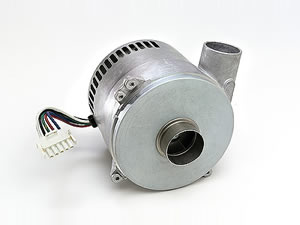 Blowers
Blowers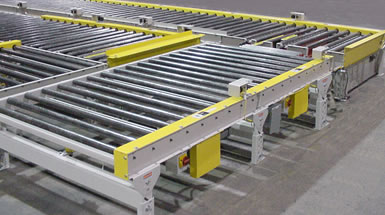 Conveyors
Conveyors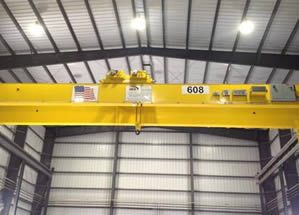 Cranes
Cranes Deburring Machinery
Deburring Machinery Dust Collectors
Dust Collectors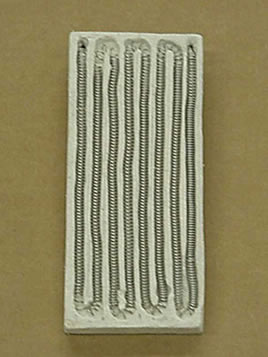 Heaters
Heaters Hose Reels
Hose Reels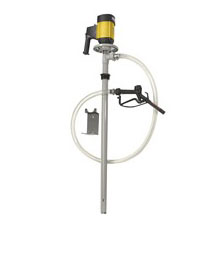 Lubricators
Lubricators Mezzanines
Mezzanines Modular Buildings
Modular Buildings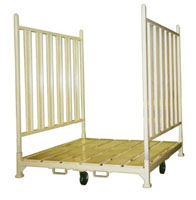 Storage Racks
Storage Racks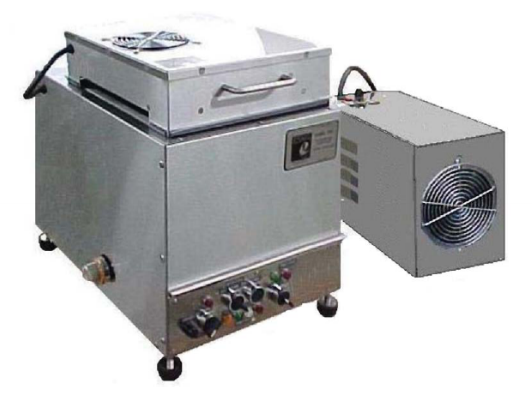 Ultrasonic Cleaners
Ultrasonic Cleaners Work Benches
Work Benches